let’s get the most important thing out of the way first: we have the biggest, yes, the biggest lava tubes in the world. we know there are those failing, disengaged people out there who would want to make you think otherwise but that’s just the typical fake news. sad.
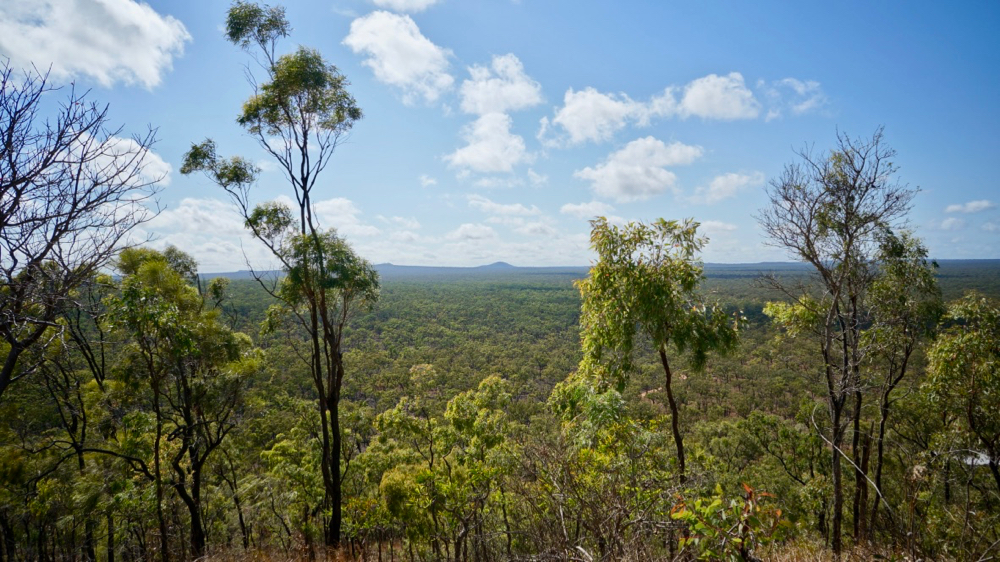
for a country that has been in possession of it’s very own tectonic plate – pretty much since the breakup of gondwana – it may be surprising that it has volcanoes. here between georgetown and atherton they have actually been active not long ago, at least in geological terms.
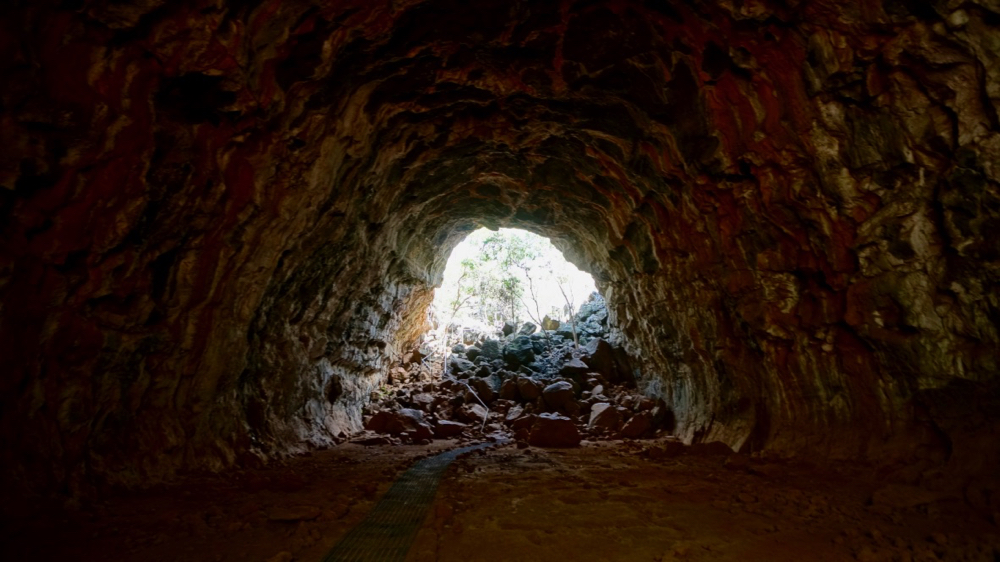
the last eruption in this area happened approximately 20,000 years ago, which is actually in living memory. the local aboriginal people, however, do not have any stories about it. as the guide commented that might have been the smart thing to do: would you hang around with an active volcano ready to erupt?
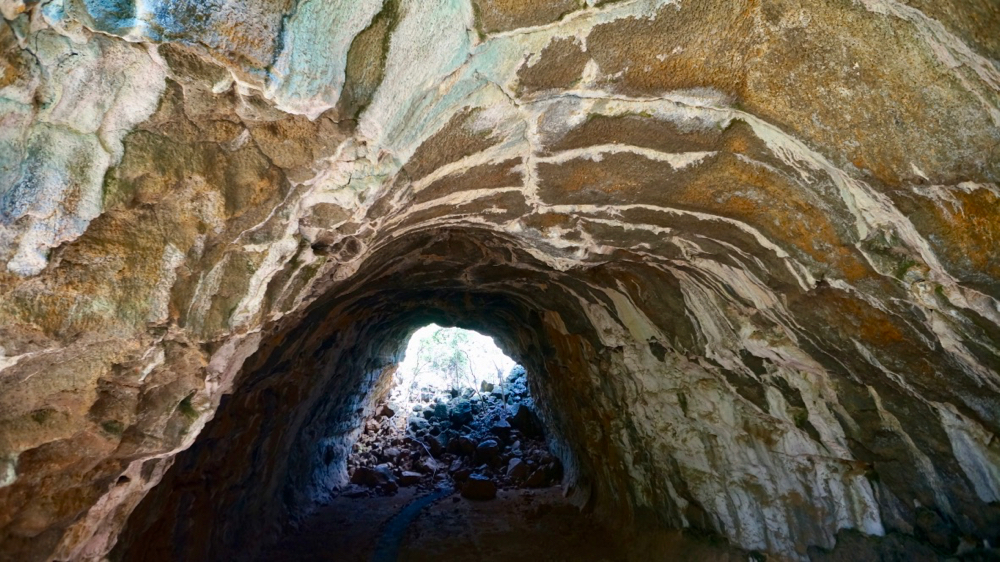
the tubes are the result of eruptions that are believed to have occurred over a period of eight to twelve months. the lava moved along existing river beds at a relatively slow pace. in the process the top of the flow cooled down and hardened while on the inside lava continued to flow.
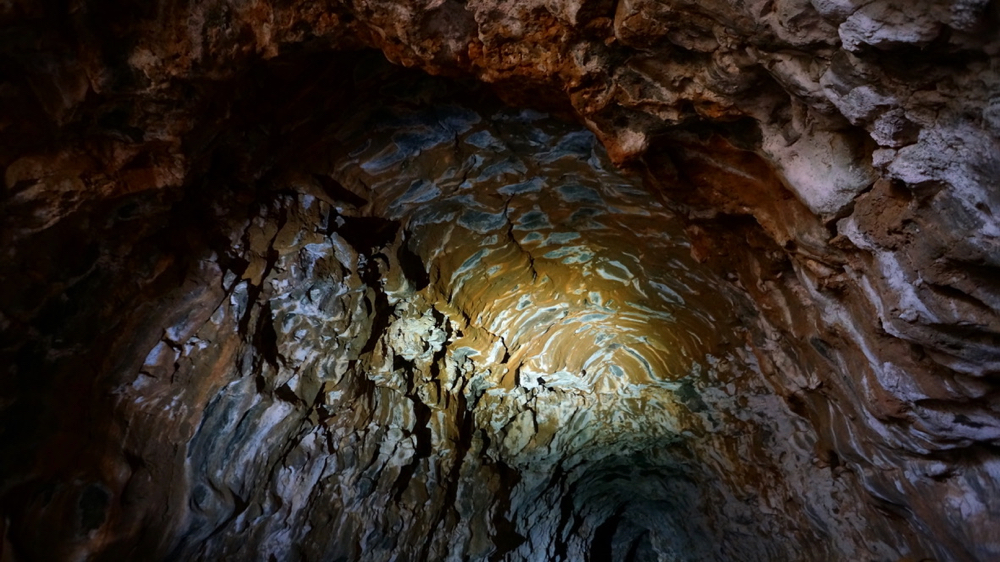
at some point the lava flows stopped and as the liquid flows stopped the walls and the roof remained intact. the tubes at undara were created about 190,000 years ago and since then the tubes have collapsed in most places. 69 arches or tunnels remain, but the collapsed sections can still be seen: these areas a more sheltered and cooler and are therefore home to different plant species than the surrounding grassy savannah.
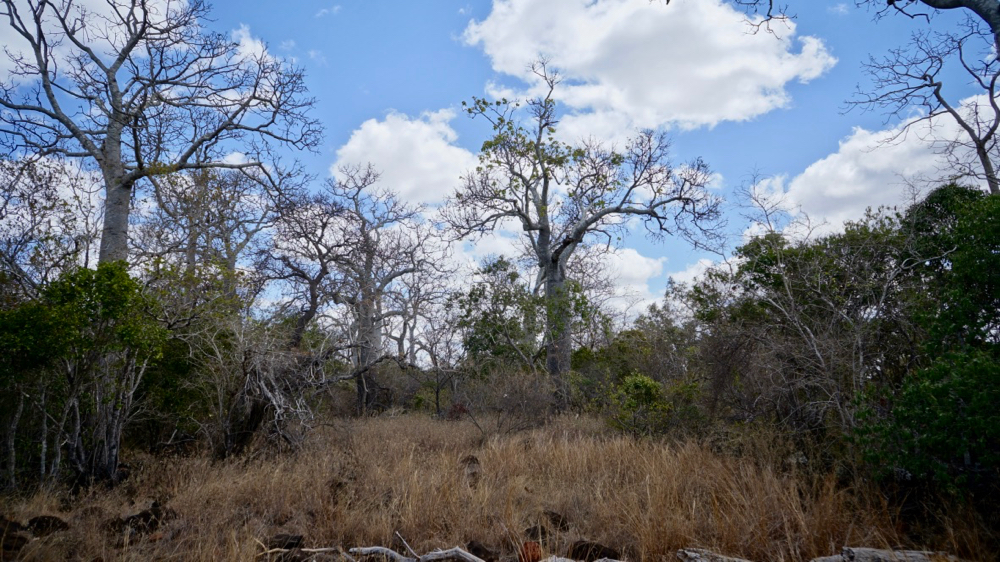
having been through the kimberley these trees look familiar, however, these are not boabs, the are called bottle trees. fascinating.
